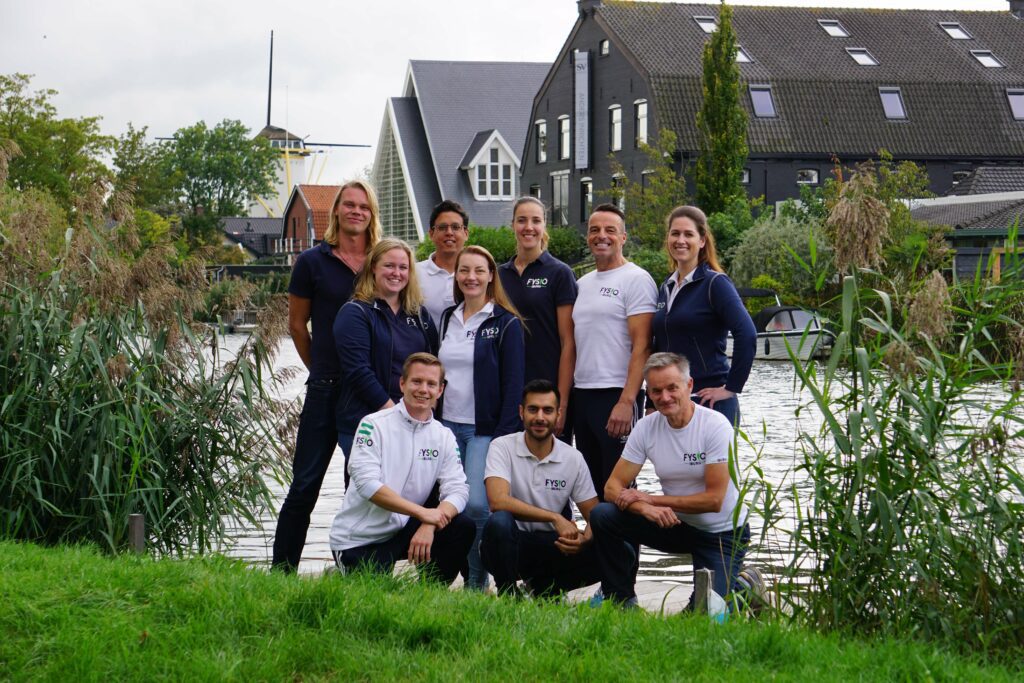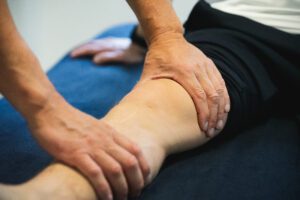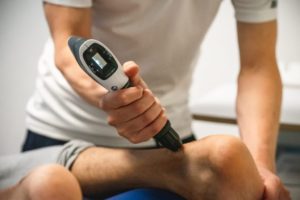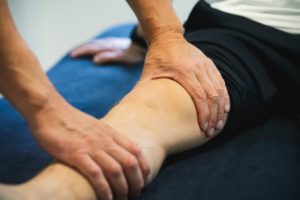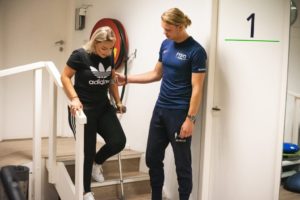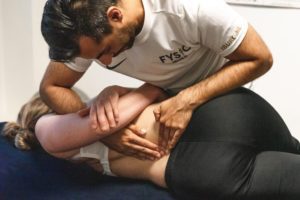Walking for young and old
Regular walks in the fresh air can contribute to better health. In addition, it helps to reduce stress and clear the head. Of course, walking is not just about the fitness of the body. It's also a great opportunity to appreciate nature, explore the world, get inspired and have a good conversation with someone else. The best thing about walking is that walking is suitable for almost everyone, both young and old. It is not without reason that walking is very popular among many. However, walking is a one-sided load and can result in a knee injury. This makes it useful to be aware of symptoms, causes and treatments. Knee pain can occur in different places, such as the front, inside and outside.
Recognize knee pain early
The knee is an important hinge joint consisting of the femur, tibia and fibula. The cartilage at the end ensures that shocks are dampened and the knee can move smoothly. Knee injuries occur due to traumatic injuries, such as a sprain, or non-traumatic injuries. Non-traumatic injuries occur gradually. This type of injury often occurs during a longer or more intensive walk than the body is actually used to. With an increase in friction, the bursa can become irritated. Then more fluid is produced, causing pain. At the beginning the pain may last for a short time. In that case, the body gives a first warning and it is better to rest. If the knee is subsequently overloaded regularly, the pain can become chronic and treatment by a physiotherapist is required.
What causes knee pain after walking?
Knee pain is very familiar to avid hikers. Especially because hikers love to take long walks and explore rough terrain. This continuously exposes knees to friction. Whether it concerns mild exhaustion from a walk or a mild ailment from the previous walk, many different causes can be the cause of joint complaints. Below are 4 possible causes of knee pain after walking:
- Weak glutes – Also known as the 'sitting plague'. When the glutes are weak, it continuously pulls on the knee. This can then result in knee pain after a walk.
- Excessive strain – Walking often places a one-sided strain on the knee. Excessive strain on the knee can lead to mild to moderate pain in the knee area.
- Osteoarthritis – Osteoarthritis is a condition that develops in your joints over time. Persistent knee pain can be a sign that the cartilage is thinning and may indicate (emerging) osteoarthritis.
- Tendonitis (tendonitis) – When permanent (uncontrolled) strain is placed on the knee, patellar tendonitis can develop. This is characterized by a sharp pain above and below the kneecap accompanied by a burning and swelling sensation.
What to do if your knee hurts after walking?
Knee pain is unpleasant and can hinder daily life. Below are 6 ways to relieve knee pain
- Stretching exercises – Doing light stretching exercises stimulates muscle recovery.
- Recovery activities – Performing all kinds of recovery activities speeds up muscle recovery. Recovery activities include, for example, cycling and swimming.
- Massage – A massage improves blood circulation and relaxes tired muscles.
- Rest – The body needs rest to recover from a walk. By lying down, muscles can finally relax.
- Eating well – Make it a habit to consume foods rich in protein, fats and carbohydrates. This way the body has extra and good fuel for a quick recovery during and after walking.
- RICE exercise – Use the RICE method (Rest, Ice, Compression, Elevate) to relieve pain and promote rapid healing.
Would you like to know more about knee pain?
Do you have any questions after reading this information? Please contact us or read here further.

